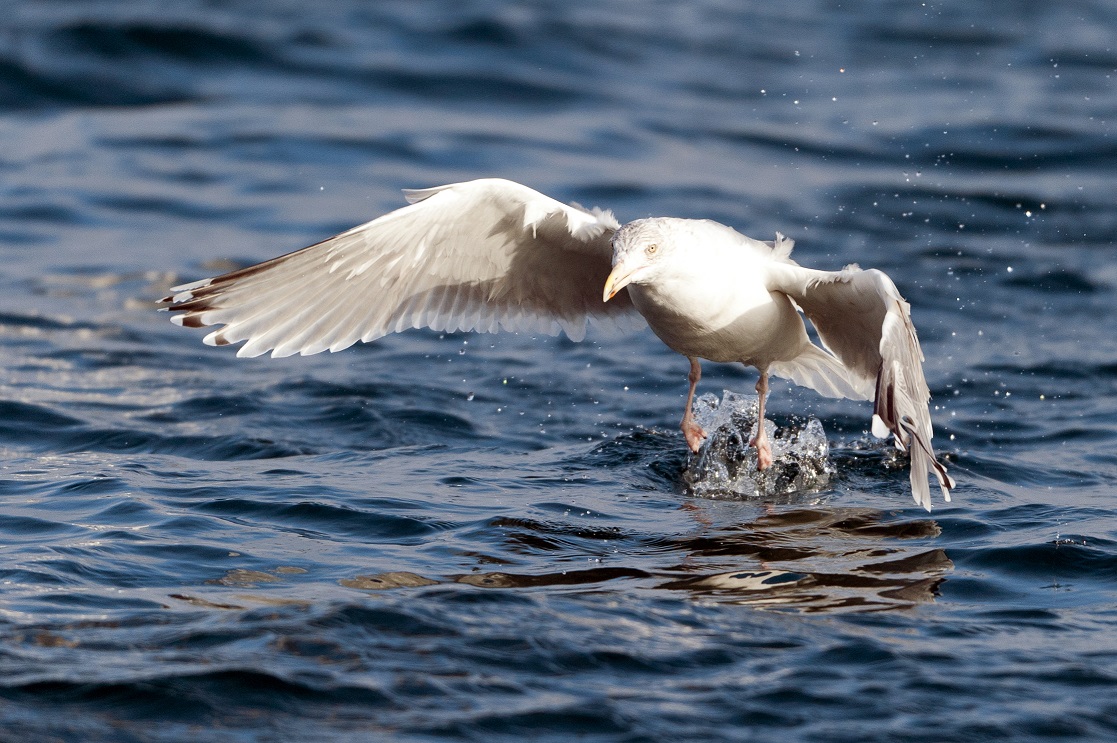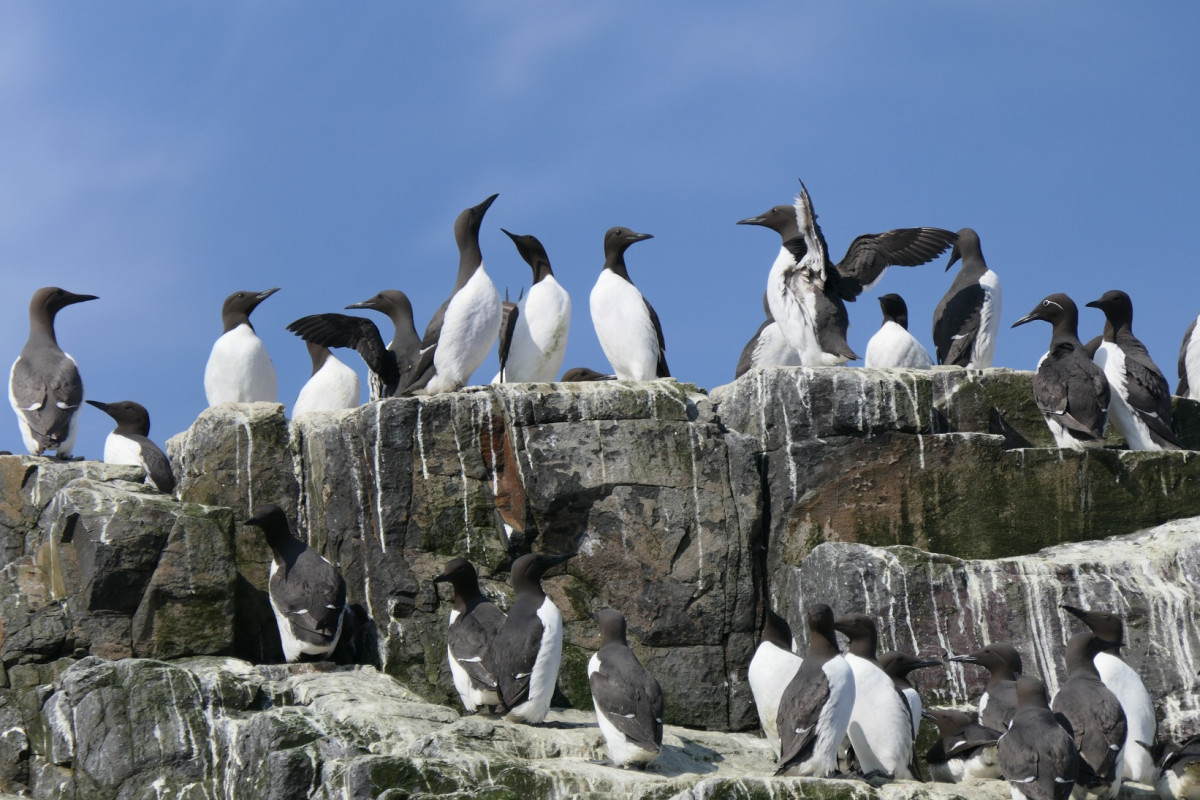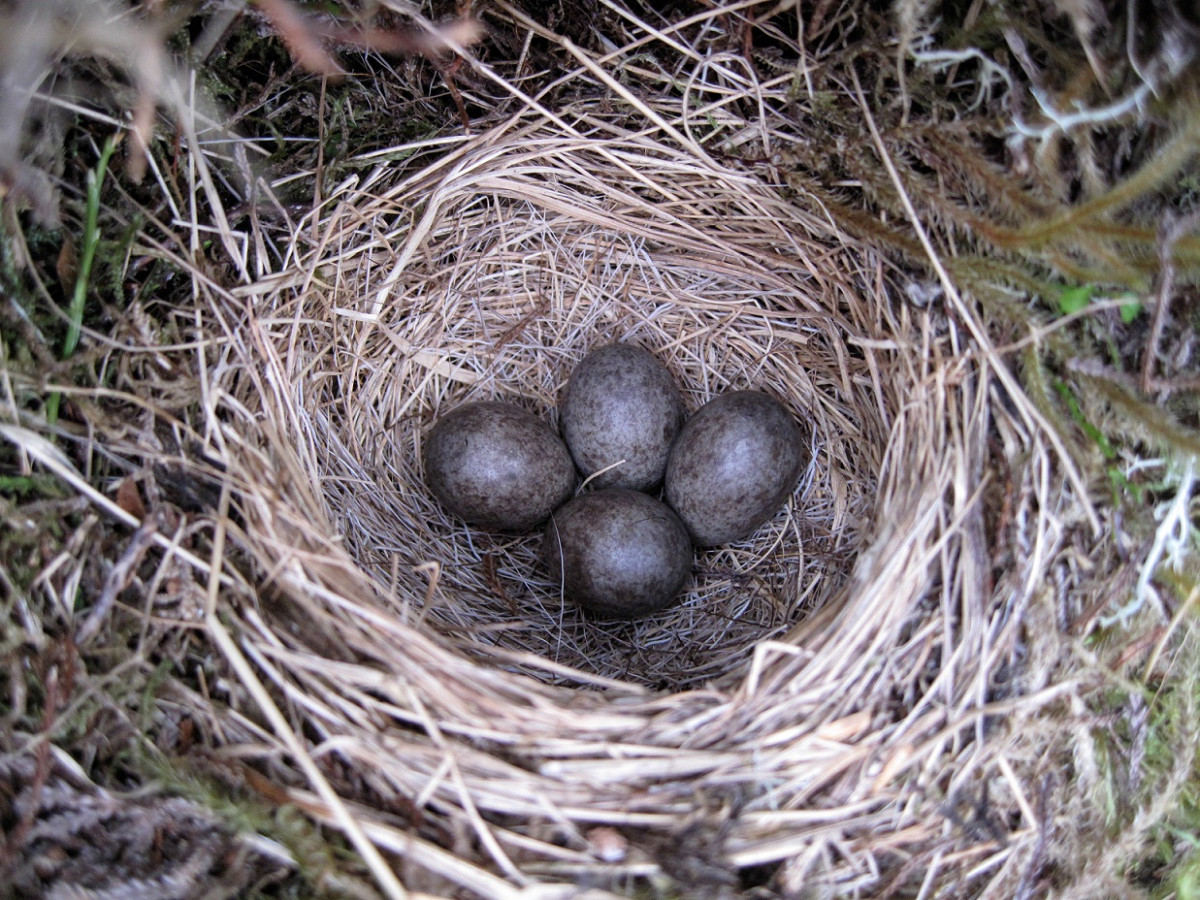BTO Research Reports are scientific papers that have been self-published by the BTO. The following is a full list of the published BTO research reports. Most are free to download, and links to Abstracts are included where possible.
Numbers missing from the list are those allocated but which were never produced or which have not been published. BTO recognises that, particularly in respect of commercially sensitive cases, a period of confidentiality is appropriate for some projects. However, in the interests of scientific development and dissemination of information, we encourage clients to permit publication as soon as it is reasonable to do so.
- If you wish to purchase a physical copy of a report please contact researchreports@bto.org.
- More information about our Annual Service reports to JNCC 1992-2005.
Assessment of recent Hen Harrier population trends in England through population modelling
This study uses a population modelling approach to explore the effects of changes in rates of productivity, survival, and settlement on population growth in the English population of Hen Harriers.

Search
Habitat selection and specialisation of Herring Gulls during the non-breeding season
Author: O'Hanlon, N.J., Thaxter, C.B., Burton, N.H.K., Grant, D., Clark, N.A., Clewley, G.D., Conway, G.J., Barber, L.J., McGill, R.A.R. & Nager, R.G.
Published: 2022
New collaborative BTO research has used GPS to provide insights into the movements and habitat needs of Herring Gulls outside the breeding season. Researcher fixed GPS tags to 20 Herring Gulls breeding at four colonies in southwest Scotland (Oronsay, Islay, Pladda and Lady Isle) and one colony in northwest England (Walney) to better understand this Red-listed species of conservation concern.During the non-breeding season, Herring Gulls used a range of habitats as would be expected for this opportunistic generalist species, that can survive on a wide variety of different foods. However, habitats were not used randomly based on their availability, with habitat selection differing between geographical regions and between individuals in the same region. Although Herring Gulls showed a preference for intertidal habitat in all regions, a mix of forging habitats, including grassland and farmland, were important over the course of the non-breeding season.Although several individuals stayed close to their breeding colony, most migrated in a south-easterly direction (up to 190 km from their colony) and kept moving to different areas through the non-breeding season. Individuals also differed in the habitats they selected, with moderate habitat specialisation, indicating that resource use was flexible across time and space. This level of habitat and spatial segregation, as well as each individual gull’s distribution over a broad range of habitats and space, may help reduce competition for limited resources and buffer populations from localised anthropogenic pressures (for example, coastal development) during the non-breeding season.The results also highlight that the habitat preferences and movement patterns of generalist species cannot in fact be generalised, even between nearby regions, which has implications for appropriate regional-specific spatial planning and conservation management.
10.03.22
Papers

Linking climate change vulnerability research and evidence on conservation action effectiveness to safeguard European seabird populations
Author: Hakkinen, H., Petrovan, S.O., Sutherland, W.J., Dias, M.P., Ameca, E.I., Oppel, S., Ramírez, I., Lawson, B., Lehikoinen, A., Bowgen, K.M., Taylor, N.G. & Pettorelli, N.
Published: 2022
In this 'practitioner's perspective', BTO joins other organisations to consider how to tighten the frameworks used for conservation to improve outcomes.
09.03.22
Papers

Northern Ireland Seabird Report 2021
Author: Booth Jones, K.
Published: 2022
There was a significant survey effort by volunteers, NGOs and NIEA around Northern Ireland’s coastline for the last year of the Seabirds Count census period, finding that fortunes were mixed for the 20 breeding species of seabird in Northern Ireland. Fulmars continue to decline across most sites, while large gulls buck the national trends and are increasing across Northern Ireland.
08.03.22
Reports Northern Ireland Seabird Report

A framework for climate change adaptation indicators for the natural environment
Author: Pearce-Higgins, J.W., Antãod, L.H., Batese, R.E., Bowgen, K.M., Bradshaw, C.D., Duffield, S.J., Ffoulkes, C., Franco, A.M.A., Geschkek, J., Gregory, R.D., Harley, M.J., Hodgson, J.A., Jenkins, R.L.M., Kapos, V., Maltby, K.M., Watts, O., Willis, S.G., Morecroft, M.D.
Published: 2022
Climate change ‘adaptations’ describe any actions which address the impacts of our changing climate. These adaptations can be focussed on human populations and infrastructure, with measures such as flood defence or the development of drought-tolerant crops, or on the natural environment, through special management of habitats and species.
02.03.22
Papers
Warming temperatures drive at least half of the magnitude of long-term trait changes in European birds
Author: McLean, N., Kruuk, L.E.B., van der Jeugd, H.P., Leech, D., van Turnhout, C.A.M. & van de Pol, M.
Published: 2022
Climate change is impacting wild populations, but its relative importance compared to other causes of change is still unclear. Many studies assume that changes in traits primarily reflect effects of climate change, but this assumption is rarely tested. This paper uses datasets from across Europe, including the BTO's Nest Record Scheme, to show that in European birds global warming was likely the single most important contributor to temporal trends in laying date, body condition, and offspring number. However, non-temperature factors were also important and acted in the same direction, implying that attributing temporal trends solely to rising temperatures overestimates the impact of climate warming. Differences among species in the amount of trait change were predominantly determined by these nontemperature effects, suggesting that species differences are not due to variation in sensitivity to temperature.
01.03.22
Papers
